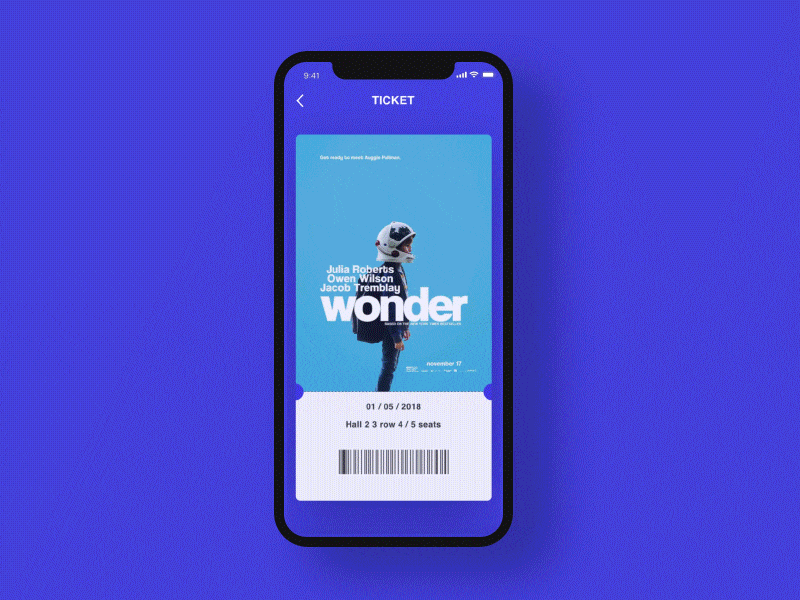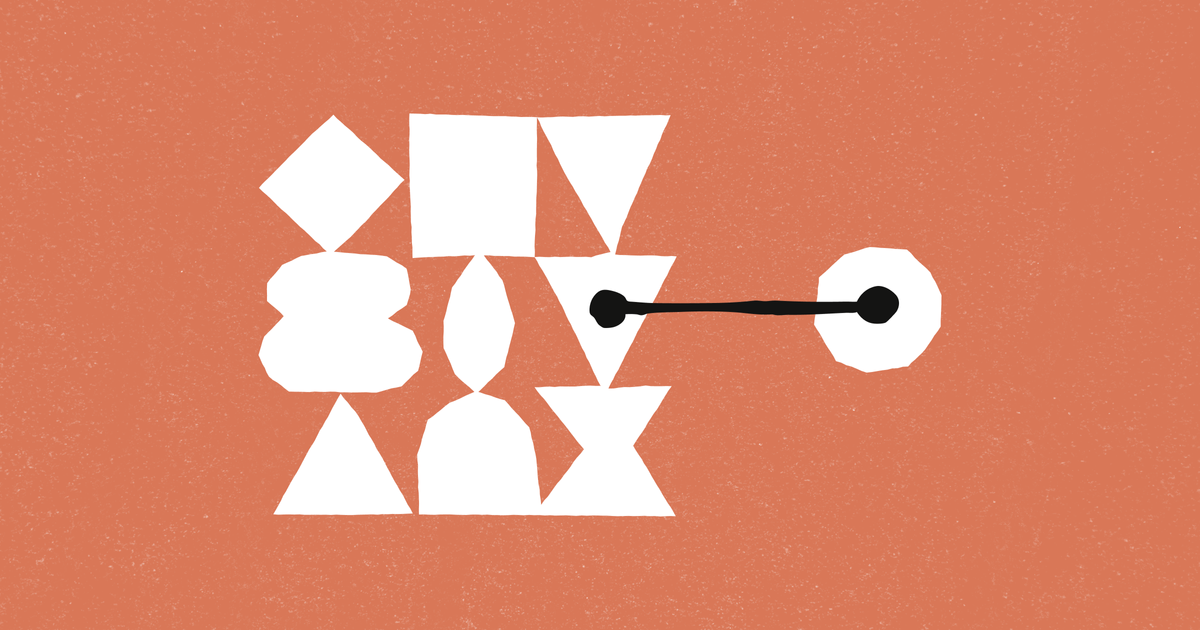Interaction Design vs Collaboration Design

Is UX Design keeping up with the AI revolution?
For years, interaction design has been the foundation of UX, focusing on how users interact with technology. The goal was to make interfaces intuitive, allowing people to complete tasks seamlessly, from navigating apps to purchasing products online. But as Artificial Intelligence (AI) becomes more sophisticated, the limitations of traditional interaction design are becoming clear.
The next evolution of UX design is collaboration design, which shifts the focus from users interacting with static systems to humans collaborating with dynamic AI tools. This approach not only improves usability but also empowers users to achieve more, make better decisions, and engage with technology in new, meaningful ways.
Interaction Design vs. Collaboration Design: What’s the Difference?
Interaction design
The primary goal of interaction design is to create intuitive and user-friendly interfaces that enable seamless interactions between humans and technology. By focusing on ease of use, interaction designers strive to eliminate friction, allowing users to complete tasks efficiently without confusion or frustration. This approach is vital in everyday applications, from e-commerce websites to productivity software, where users expect fast, clear, and predictable experiences.
Design Focus: The core elements of interaction design include buttons, menus, navigation flows, and feedback systems. These components help guide users through interfaces, ensuring they always know where they are and what actions they can take next. For example, a well-designed button is not only visually distinct but also provides feedback when clicked, such as changing color or triggering a confirmation message. This feedback loop is essential for building trust with users, as it reassures them that their actions are registered and progressing correctly.
Two iconic examples of interaction design excellence are Apple’s minimalist interfaces and Amazon’s 1-Click Purchase feature. Apple has mastered simplicity, creating interfaces that feel natural and effortless. The iPhone’s multi-touch interface, for example, uses intuitive gestures like swiping and pinching, which feel organic and reduce the need for explicit instructions.

Amazon’s 1-Click Purchase simplifies the e-commerce experience, allowing users to complete transactions with a single action. This design choice minimizes barriers to purchase, enhancing convenience and boosting sales by reducing friction in the checkout process.
Collaboration Design: The Future of UX
Unlike interaction design, which focuses on making technology easy to use, collaboration design aims to create AI tools that work alongside humans, offering valuable insights and practical support. The goal is to build systems where AI acts as a collaborator, enhancing human capabilities rather than simply executing commands. This approach is particularly powerful in complex environments, such as workplaces, creative projects, and decision-making processes, where AI can analyze data, suggest improvements, and automate repetitive tasks.
Design Focus: The design elements of collaboration design go beyond static interfaces, focusing on adaptive interfaces, predictive design, feedback loops, and maintaining human control.
- Adaptive interfaces adjust content and layout based on user behavior, providing personalized experiences.
- Predictive design leverages AI algorithms to anticipate user needs, offering proactive suggestions before issues arise.
- Feedback loops allow AI systems to learn from user interactions, continuously improving performance.
Crucially, collaboration design also emphasizes user agency, ensuring AI tools provide options, not decisions, and that users can override suggestions when needed.
Examples: A leading example of collaboration design in action is Google’s Smart Compose feature in Gmail. Smart Compose uses machine learning to predict what users want to write, offering suggestions as they type. While the AI provides helpful insights, users remain in control, choosing to accept, ignore, or modify suggestions. This design approach highlights the collaborative relationship between AI and human users, where the technology acts as an assistant, boosting productivity without diminishing human creativity or autonomy.

Why Collaboration Design Matters Now
UX design is undergoing a profound transformation. The shift from traditional interaction design (where users simply interact with technology) to collaboration design, which enables humans to work seamlessly alongside AI, represents an exciting new frontier for designers, businesses, and society as a whole.
This paradigm shift is a necessary evolution as AI technologies become deeply embedded in our daily lives. The future of UX design lies in creating experiences that are assistive, transparent, and empowering, ensuring technology enhances human potential without diminishing our society or our planet.


